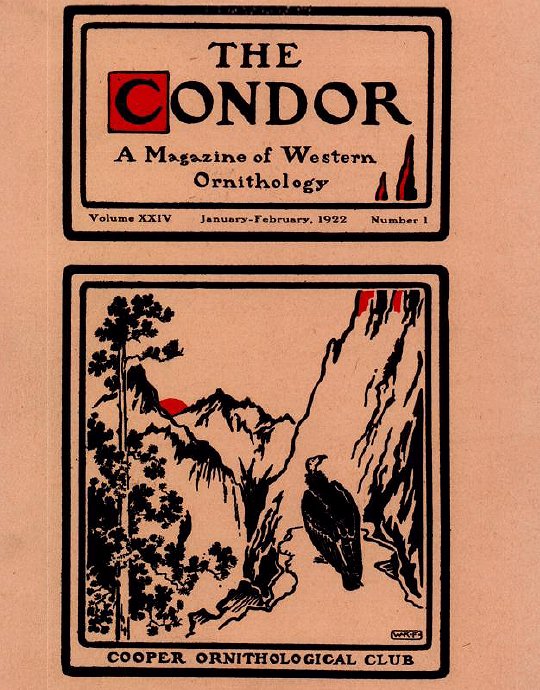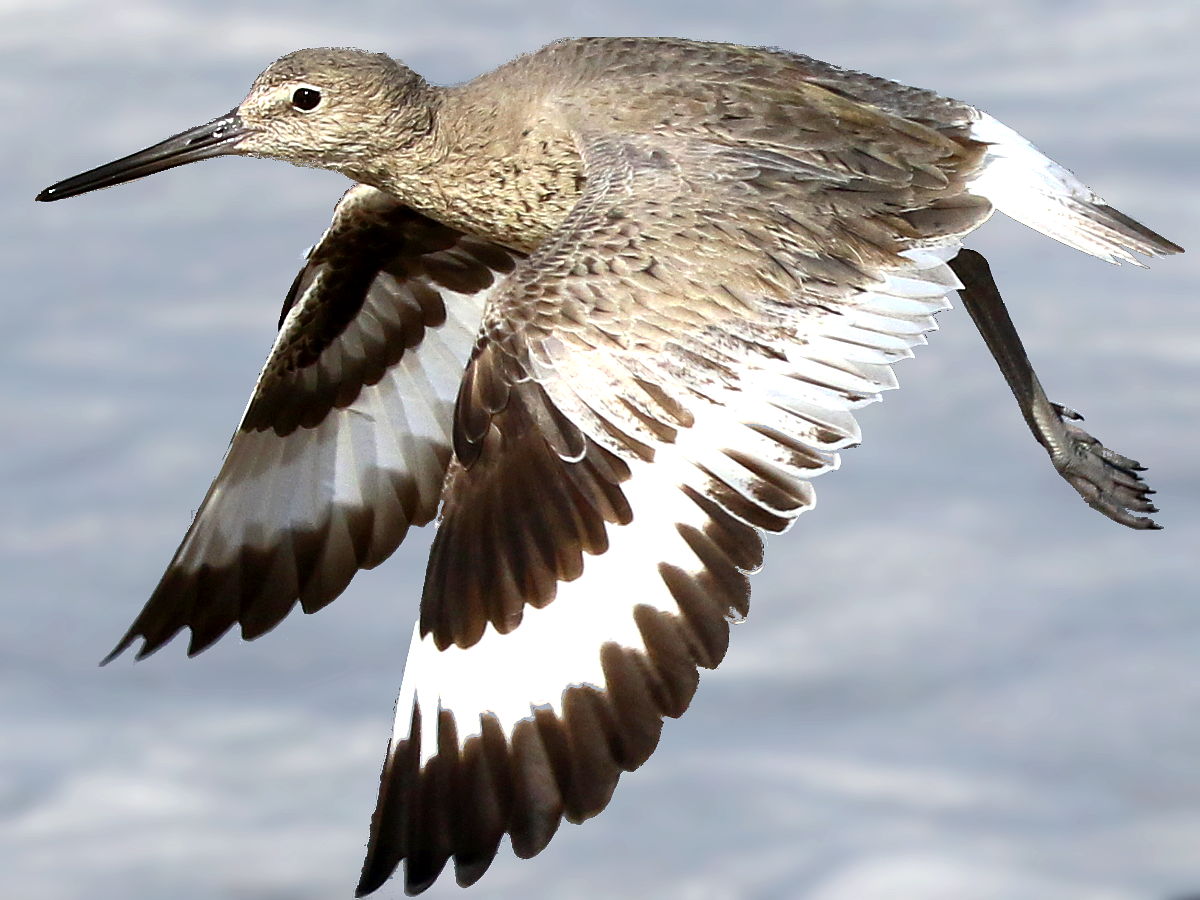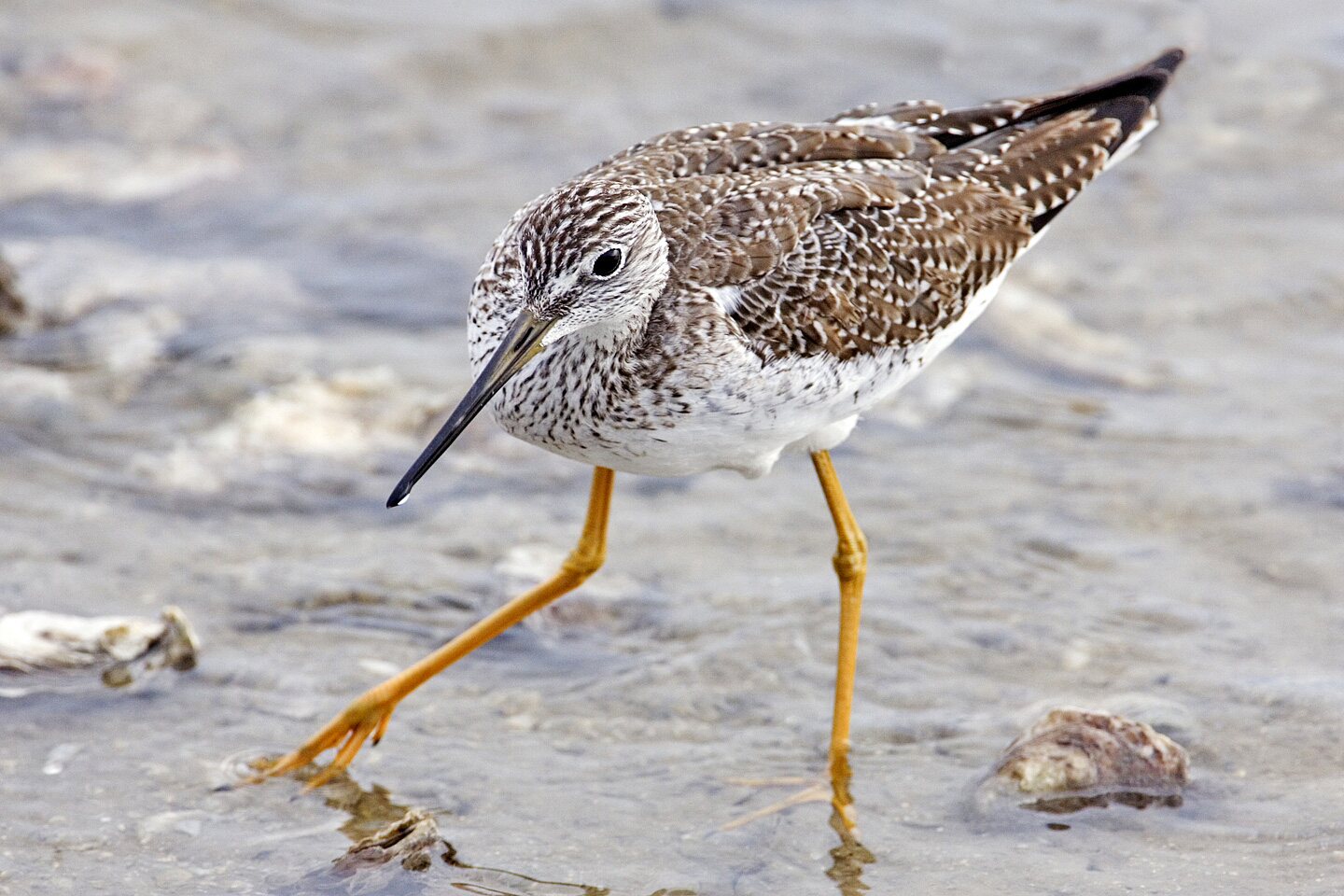|
Lesser Yellowlegs
The lesser yellowlegs (''Tringa flavipes'') is a medium-sized shorebird. It breeds in the boreal forest region of North America. Taxonomy The lesser yellowlegs was formally described in 1789 by the German naturalist Johann Friedrich Gmelin in his revised and expanded edition of Carl Linnaeus's ''Systema Naturae''. He placed it in the genus '' Scolopax'' and coined the binomial name ''Scolopax flavipes''. Gmelin based his description on the "yellow shanks" seen in the province of New York in autumn that had been described in 1785 by both the English ornithologist John Latham and by the Welsh naturalist Thomas Pennant. The lesser yellowlegs is now placed in the genus ''Tringa'' that was introduced in 1758 by the Swedish naturalist Carl Linnaeus in the tenth edition of his ''Systema Naturae''. The name ''Tringa'' is the New Latin word given to the green sandpiper by the Italian naturalist Ulisse Aldrovandi in 1603 based on Ancient Greek ''trungas'', a thrush-sized, white-rumped, ... [...More Info...] [...Related Items...] OR: [Wikipedia] [Google] [Baidu] |
Johann Friedrich Gmelin
, fields = , workplaces = University of GöttingenUniversity of Tübingen , alma_mater = University of Tübingen , doctoral_advisor = Philipp Friedrich GmelinFerdinand Christoph Oetinger , academic_advisors = , doctoral_students = Georg Friedrich HildebrandtFriedrich StromeyerCarl Friedrich KielmeyerWilhelm August LampadiusVasily Severgin , notable_students = , known_for = Textbooks on chemistry, pharmaceutical science, mineralogy, and botany , author_abbrev_bot = J.F.Gmel. , author_abbrev_zoo = Gmelin , influences = Carl Linnaeus , influenced = , relatives = Leopold Gmelin (son) , awards = Johann Friedrich Gmelin (8 August 1748 – 1 November 1804) was a German naturalist, botanist, entomologist, herpetologist, and malacologist. Education Johann Friedrich Gmelin was born as the eldest son of Philipp Friedrich Gmelin in 1748 in Tübingen. He studied medicine under his father at University of Tübingen ... [...More Info...] [...Related Items...] OR: [Wikipedia] [Google] [Baidu] |
Aristotle
Aristotle (; grc-gre, Ἀριστοτέλης ''Aristotélēs'', ; 384–322 BC) was a Greek philosopher and polymath during the Classical period in Ancient Greece. Taught by Plato, he was the founder of the Peripatetic school of philosophy within the Lyceum and the wider Aristotelian tradition. His writings cover many subjects including physics, biology, zoology, metaphysics, logic, ethics, aesthetics, poetry, theatre, music, rhetoric, psychology, linguistics, economics, politics, meteorology, geology, and government. Aristotle provided a complex synthesis of the various philosophies existing prior to him. It was above all from his teachings that the West inherited its intellectual lexicon, as well as problems and methods of inquiry. As a result, his philosophy has exerted a unique influence on almost every form of knowledge in the West and it continues to be a subject of contemporary philosophical discussion. Little is known about his life. Aristotle was born in th ... [...More Info...] [...Related Items...] OR: [Wikipedia] [Google] [Baidu] |
South America
South America is a continent entirely in the Western Hemisphere and mostly in the Southern Hemisphere, with a relatively small portion in the Northern Hemisphere at the northern tip of the continent. It can also be described as the southern subregion of a single continent called America. South America is bordered on the west by the Pacific Ocean and on the north and east by the Atlantic Ocean; North America and the Caribbean Sea lie to the northwest. The continent generally includes twelve sovereign states: Argentina, Bolivia, Brazil, Chile, Colombia, Ecuador, Guyana, Paraguay, Peru, Suriname, Uruguay, and Venezuela; two dependent territories: the Falkland Islands and South Georgia and the South Sandwich Islands; and one internal territory: French Guiana. In addition, the ABC islands of the Kingdom of the Netherlands, Ascension Island (dependency of Saint Helena, Ascension and Tristan da Cunha, a British Overseas Territory), Bouvet Island ( dependency of Norway), Pa ... [...More Info...] [...Related Items...] OR: [Wikipedia] [Google] [Baidu] |
Caribbean
The Caribbean (, ) ( es, El Caribe; french: la Caraïbe; ht, Karayib; nl, De Caraïben) is a region of the Americas that consists of the Caribbean Sea, its islands (some surrounded by the Caribbean Sea and some bordering both the Caribbean Sea and the North Atlantic Ocean) and the surrounding coasts. The region is southeast of the Gulf of Mexico and the North American mainland, east of Central America, and north of South America. Situated largely on the Caribbean Plate, the region has more than 700 islands, islets, reefs and cays (see the list of Caribbean islands). Island arcs delineate the eastern and northern edges of the Caribbean Sea: The Greater Antilles and the Lucayan Archipelago on the north and the Lesser Antilles and the on the south and east (which includes the Leeward Antilles). They form the West Indies with the nearby Lucayan Archipelago (the Bahamas and Turks and Caicos Islands), which are considered to be part of the Caribbean despite not bordering the Caribbe ... [...More Info...] [...Related Items...] OR: [Wikipedia] [Google] [Baidu] |
United States
The United States of America (U.S.A. or USA), commonly known as the United States (U.S. or US) or America, is a country primarily located in North America. It consists of 50 states, a federal district, five major unincorporated territories, nine Minor Outlying Islands, and 326 Indian reservations. The United States is also in free association with three Pacific Island sovereign states: the Federated States of Micronesia, the Marshall Islands, and the Republic of Palau. It is the world's third-largest country by both land and total area. It shares land borders with Canada to its north and with Mexico to its south and has maritime borders with the Bahamas, Cuba, Russia, and other nations. With a population of over 333 million, it is the most populous country in the Americas and the third most populous in the world. The national capital of the United States is Washington, D.C. and its most populous city and principal financial center is New York City. Paleo-Americ ... [...More Info...] [...Related Items...] OR: [Wikipedia] [Google] [Baidu] |
Gulf Of Mexico
The Gulf of Mexico ( es, Golfo de México) is an oceanic basin, ocean basin and a marginal sea of the Atlantic Ocean, largely surrounded by the North American continent. It is bounded on the northeast, north and northwest by the Gulf Coast of the United States; on the southwest and south by the Mexico, Mexican States of Mexico, states of Tamaulipas, Veracruz, Tabasco, Campeche, Yucatan, and Quintana Roo; and on the southeast by Cuba. The Southern United States, Southern U.S. states of Texas, Louisiana, Mississippi, Alabama, and Florida, which border the Gulf on the north, are often referred to as the "Third Coast" of the United States (in addition to its Atlantic and Pacific Ocean, Pacific coasts). The Gulf of Mexico took shape approximately 300 million years ago as a result of plate tectonics.Huerta, A.D., and D.L. Harry (2012) ''Wilson cycles, tectonic inheritance, and rifting of the North American Gulf of Mexico continental margin.'' Geosphere. 8(1):GES00725.1, first p ... [...More Info...] [...Related Items...] OR: [Wikipedia] [Google] [Baidu] |
Bird Migration
Bird migration is the regular seasonal movement, often north and south along a flyway, between breeding and wintering grounds. Many species of bird migrate. Migration carries high costs in predation and mortality, including from hunting by humans, and is driven primarily by the availability of food. It occurs mainly in the northern hemisphere, where birds are funneled onto specific routes by natural barriers such as the Mediterranean Sea or the Caribbean Sea. Migration of species such as storks, turtle doves, and swallows was recorded as many as 3,000 years ago by Ancient Greek authors, including Homer and Aristotle, and in the Book of Job. More recently, Johannes Leche began recording dates of arrivals of spring migrants in Finland in 1749, and modern scientific studies have used techniques including bird ringing and satellite tracking to trace migrants. Threats to migratory birds have grown with habitat destruction, especially of stopover and wintering sites, as wel ... [...More Info...] [...Related Items...] OR: [Wikipedia] [Google] [Baidu] |
The Condor (journal)
''Ornithological Applications'', formerly ''The Condor'' and ''The Condor: Ornithological Applications'', is a peer-reviewed quarterly scientific journal covering ornithology. It is an official journal of the American Ornithological Society. History The journal was first published in 1899 as the ''Bulletin of the Cooper Ornithological Club'' by a group of biologists in California. The journal's scope was regional, covering the western United States. In 1900, the name was changed to ''The Condor''. In 1947, the journal's subtitle was shortened to ''The Condor, Journal of the Cooper Ornithological Club''. Editors-in-Chief: 1899-1902: Chester Barlow; 1902-1905: Walter K. Fisher with Joseph Grinnell as Associate Editor; 1906-1939 Joseph Grinnell; 1940-1966: Alden H. Miller Berkeley, CA; 1966-1968: James R. King Washington State; 1969-1973: Ralph J. Raitt New Mexico State University; 1973-1974: Francis S. L. Williamson SI Chesapeake Bay Center for Environmental Studies, Edgewater, ... [...More Info...] [...Related Items...] OR: [Wikipedia] [Google] [Baidu] |
Willet
The willet (''Tringa semipalmata'') is a large shorebird in the family Scolopacidae. It is a relatively large and robust sandpiper, and is the largest of the species called "shanks" in the genus ''Tringa''. Its closest relative is the lesser yellowlegs, a much smaller bird with a very different appearance apart from the fine, clear, and dense pattern of the neck, which both species show in breeding plumage. It breeds in North America and the West Indies and winters in southern North America, Central America, the West Indies and South America. Taxonomy The willet was formally described in 1789 by the German naturalist Johann Friedrich Gmelin in his revised and expanded edition of Carl Linnaeus's ''Systema Naturae''. He placed it in the genus '' Scolopax'' and coined the binomial name ''Scolopax semipalmata''. Gmelin based his description on the "semipalmated snipe" from New York that had been described in 1785 by both the English ornithologist John Latham and by the Welsh natura ... [...More Info...] [...Related Items...] OR: [Wikipedia] [Google] [Baidu] |
Greater Yellowlegs
The greater yellowlegs (''Tringa melanoleuca'') is a large shorebird in the family Scolopacidae. It breeds in central Canada and southern Alaska and winters in southern North America, Central America, the West Indies and South America. Taxonomy The greater yellowlegs was formally described in 1789 by the German naturalist Johann Friedrich Gmelin in his revised and expanded edition of Carl Linnaeus's ''Systema Naturae''. He placed it in the genus '' Scolopax'' and coined the binomial name ''Scolopax melanoleuca''. Gmelin based his description on the "stone snipe" seen feeding in autumn in Chateau Bay, Labrador, that had been described in 1785 by both the English ornithologist John Latham and by the Welsh naturalist Thomas Pennant. The greater yellowlegs is now placed in the genus ''Tringa'' that was introduced in 1758 by the Swedish naturalist Carl Linnaeus in the tenth edition of his ''Systema Naturae''. The name ''Tringa'' is the New Latin word given to the green sandpiper by ... [...More Info...] [...Related Items...] OR: [Wikipedia] [Google] [Baidu] |
Lesser Yellowlegs Chicks
Lesser, from Eliezer (, "Help/Court of my God"), is a surname. Notable people with the surname include: * Adolf Lesser (1851–1926), German physician * Aleksander Lesser (1814–1884), Polish painter and art critic * Anton Lesser (born 1952), British actor * Axel Lesser (born 1946), East German cross country skier * Edmund Lesser (1852–1918), German dermatologist * Erik Lesser (born 1988), German biathlete * Gabriele Lesser (born 1960), German historian and journalist * George Lesser, American musician * Gerald S. Lesser (1926–2010), American psychologist * Henry Lesser (born 1963), German footballer * J Lesser (born 1970), American musician * Len Lesser (1922–2011), American actor * Louis Lesser (born 1916), American real estate developer * Matt Lesser, Connecticut politician * Mike Lesser (born 1943), British mathematical philosopher and political activist * Milton Lesser or Stephen Marlowe (1928–2008), American author * Norman Lesser (1902–1985), Anglican bishop and Arc ... [...More Info...] [...Related Items...] OR: [Wikipedia] [Google] [Baidu] |
Lesser Yellowlegs At JBWR (30664)
Lesser, from Eliezer (, "Help/Court of my God"), is a surname. Notable people with the surname include: * Adolf Lesser (1851–1926), German physician * Aleksander Lesser (1814–1884), Polish painter and art critic * Anton Lesser (born 1952), British actor * Axel Lesser (born 1946), East German cross country skier * Edmund Lesser (1852–1918), German dermatologist * Erik Lesser (born 1988), German biathlete * Gabriele Lesser (born 1960), German historian and journalist * George Lesser, American musician * Gerald S. Lesser (1926–2010), American psychologist * Henry Lesser (born 1963), German footballer * J Lesser (born 1970), American musician * Len Lesser (1922–2011), American actor * Louis Lesser (born 1916), American real estate developer * Matt Lesser, Connecticut politician * Mike Lesser (born 1943), British mathematical philosopher and political activist * Milton Lesser or Stephen Marlowe (1928–2008), American author * Norman Lesser (1902–1985), Anglican bishop and Arc ... [...More Info...] [...Related Items...] OR: [Wikipedia] [Google] [Baidu] |
.jpg)






